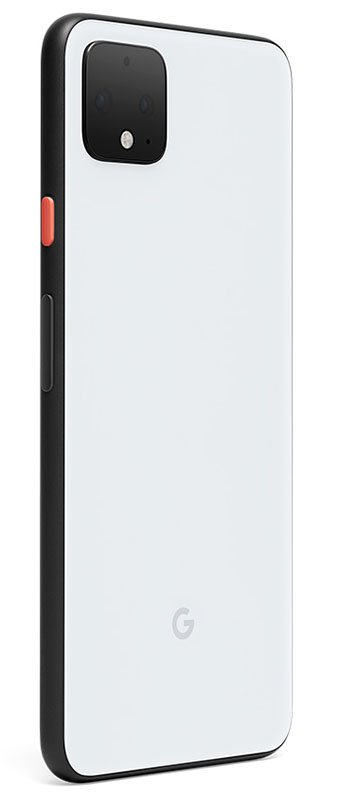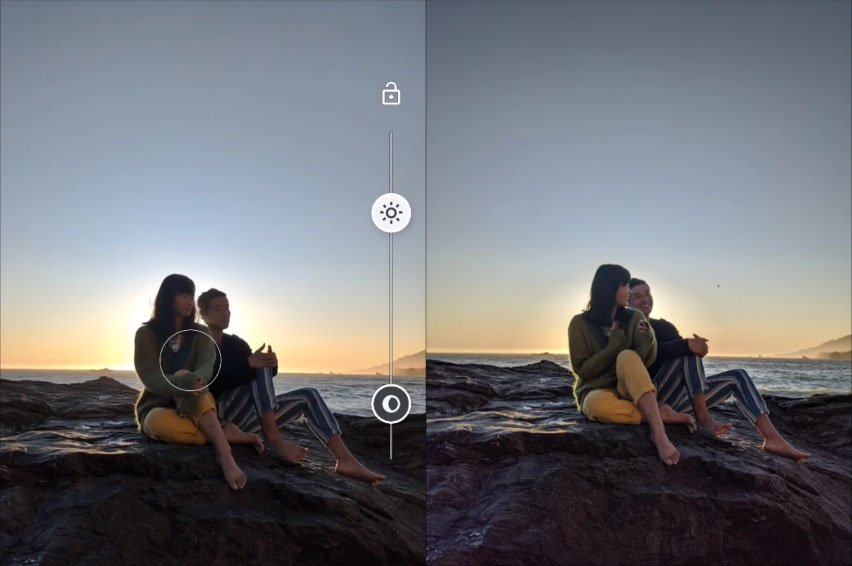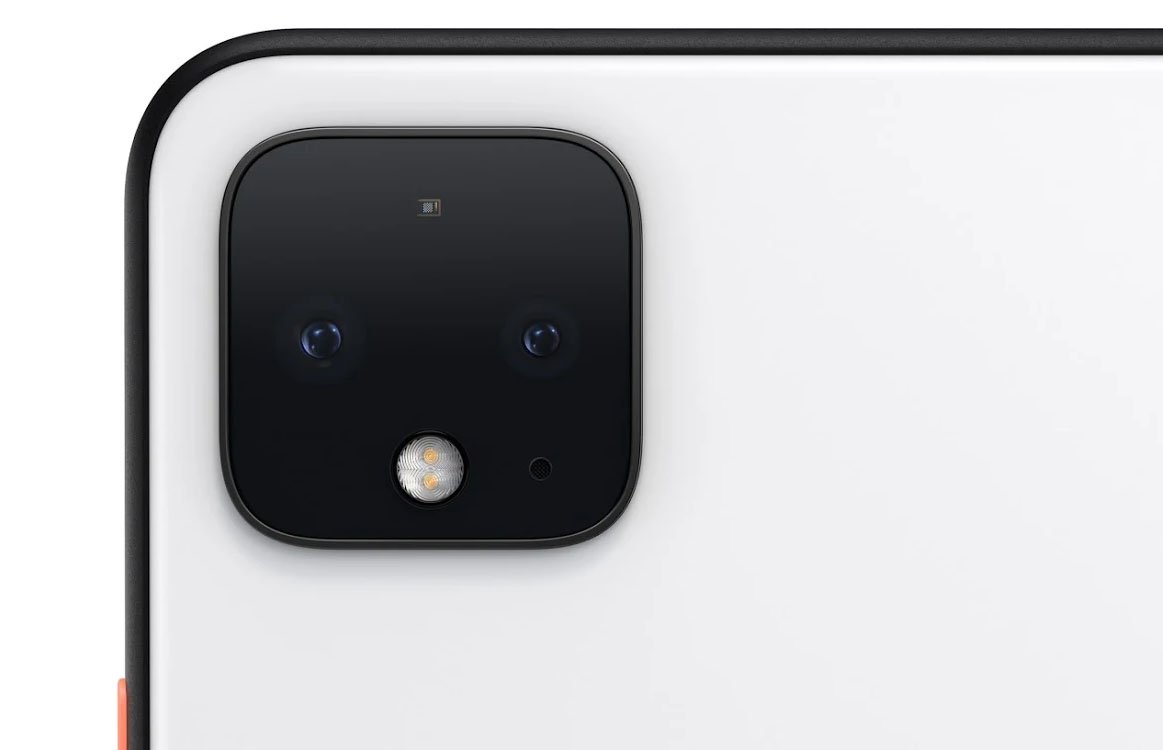Google Unveils its Next-Generation Smartphones, the Pixel 4 and the Pixel 4 XL
The company unveiled its next-generation smartphone, the Pixel 4, at a big product launch event in New York on Tuesday.
The Google Pixel 4 arrives alongside its larger sibling, the Google Pixel 4 XL and features a Soli radar chip to enable more secure, faster facial recognition and gesture controls.
It’s the successor to the Google Pixel 3, but the upgrades are minimal. A major one, this is the first generation of Pixel phones to boast more than one camera. A move in line with most smartphones on the market but still one short of the iPhone 11 Pro’s three rear-camera offerings. The cameras are tucked into a square-like fixture on the top left of the device, closely resembling Apple’s new camera structure.
Both phones feature a 12.2-megapixel f/1.7 main camera and 16-megapixel f/2.4 telephoto camera on the back, and on the front is an 8-megapixel selfie camera.
As mentioned, the big upgrade on the Google Pixel 4 is the inclusion of a second rear camera – this is the first time that Google has put more than one lens on the rear of a handset.
Google has looked to software rather than hardware to give its cameras the edge in recent years, and here it’s added a new neural learning chip for improved software manipulation of images.
It’s also brought live HDR+ to Pixel 4, which gives you a real-time on-screen preview of what your final image will look like, rather than simply applying the enhancements after you’ve snapped a photo.
This tech leads to another new camera feature on Pixel 4, called Dual Exposure.
In this mode, the Pixel 4 decouples the brightness controls of the background and the foreground. The background brightness is locked at the optimum level, and you’re then able to adjust the brightness of the foreground with an on-screen slider.
It means that if you’re taking a street photography of subjects in front of a sunset you can capture all the color and brightness of the sky while ensuring the people in the shot aren’t hidden in shadow.
Google’s Night Sight mode, which sees the camera pull light seemingly from nowhere in ultra low-light situations for surprisingly bright, clear shots, gets an upgrade on the Pixel 4 as well – and it needs it, as competitors have caught up, with Huawei and Apple both now offering similarly strong night modes.
The Pixel 4 also comes with a new astrophotography mode, which allows you to take bright, clear images of the moon, stars, and galaxies.
Google says you’ll need to head out of light-polluted cities and into the countryside to take advantage of this new mode, and you’ll also need to brace the Pixel 4 against a stable surface, or mount it on a tripod or other support – only when the phone detects that it’s fully stable will it be able to capture the 15 long-exposure shots required to produce a well-exposed and detailed image.
And also like the Pixel phones before it, the Pixel 4 phones lean heavily on computational photography. Powered by its Pixel Neural Core, the phone can render skin tones and colors accurately in difficult environments, achieve great exposure and focus in bright and low-light situations, and track things like faces and motion.
In the area of video, the new Pixel 4 phones can shoot 4K at 30fps and 1080p at 120fps.
Other features of the Pixel 4 and Pixel 4 XL include a new Google Assistant, Quick Gestures (radar that senses your motion to control your phone without touches), face unlock, 5.7-inch and 6.3-inch displays (respectively), 2800mAh and 3700mAh batteries (respectively), 6GB RAM, up to 128GB storage, 2.84 GHz + 1.78 GHz 64-bit Octa-core Qualcomm Snapdragon 855 processors, a USB-C with 18W fast charging, and an aluminum frame with Gorilla Glass 5 on the front.
The phone starts at $799, or $100 more than the baseline iPhone 11 model. It ships October 24.
More info on Google’s store.








